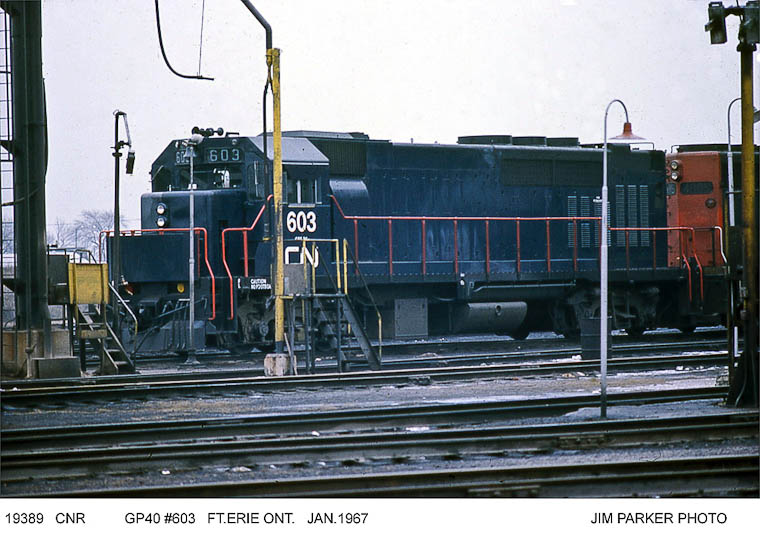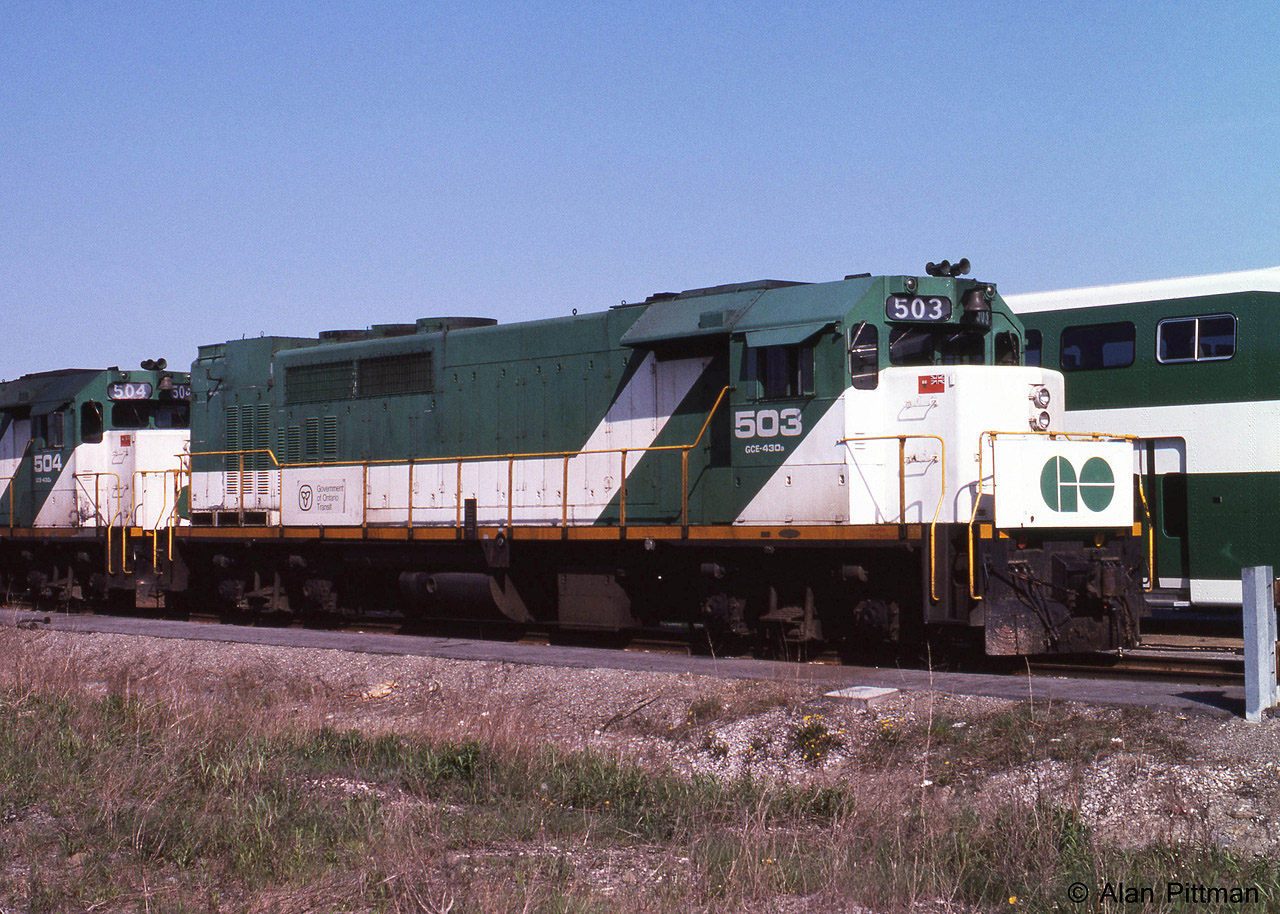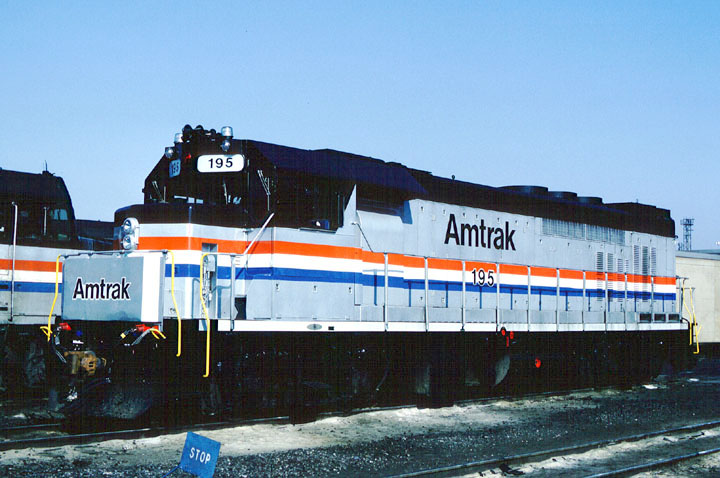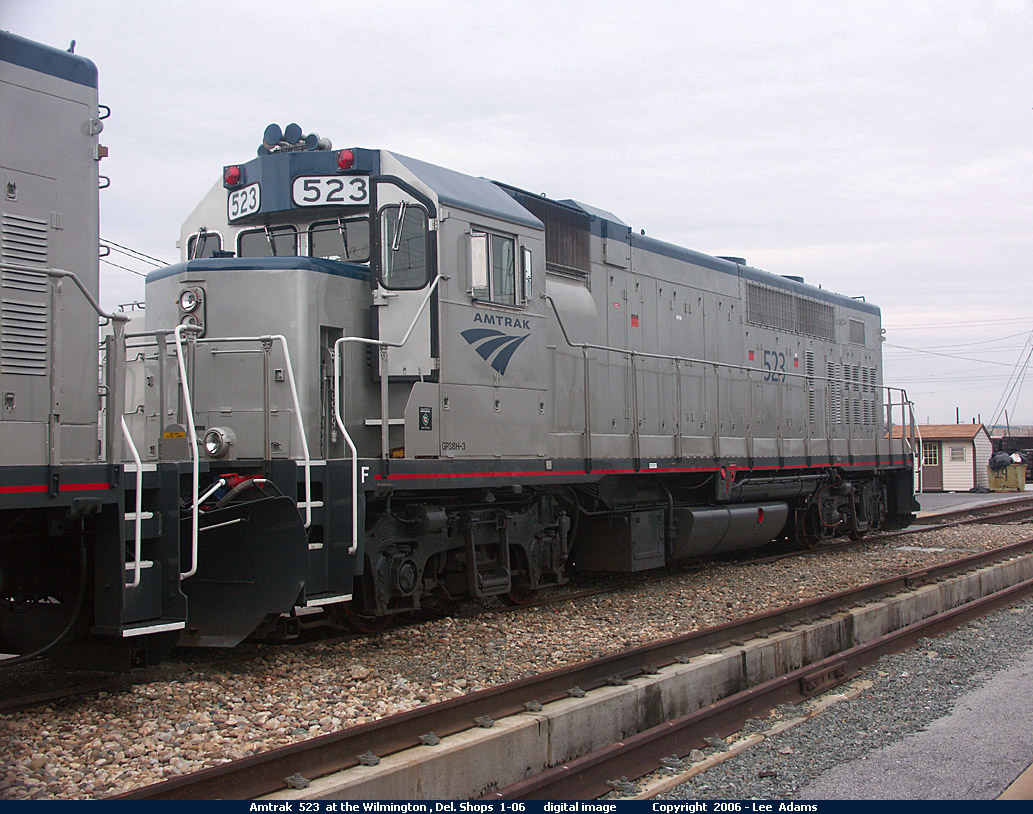mdrejhon
Senior Member
Yup:According to the Greater Region website, express service is still the plan.
"**Express service will be offered between Oakville and Union Station."
The timeline may be up in the air obviously (e.g. slower spending) even if the ship continues sailing forward (ever slowly) with delayed dates thanks to politics. Agree it'll happen, just a naturally hairpulling question of "when".
On that topic, I was trying to math things out...
(not as well as reaperexpress can do, mind you):
One hour to Hamilton may be doable. Today's Lakeshore West "express that skips Clarkson" tends to take approximately ~55min from Union to Aldershot when skipping Clarkson. With a few additional optimizations including USRC, etc, doing ~50min may be reliably possible (GO pads their schedules quite a fair bit). In addition to activating the extra track over Desjardins Canal and hopefully the speeds a bit past Aldershot (in theory) thanks to new track -- this may make Union-Hamilton a lot closer to a more tolerable "hour" rather than today's "1h15min" (which recently shrunk slightly, 1h12min including Clarkson stop)
This will produce service speed roughly equal to Hamilton 16 Express Bus average time, if some trains are replacing some buses during future allday GO trains. 16 can take as little as 45-50min offpeak (like late evening off-event) but that happens a lot more rarely due to offpeak traffic (small bits of random traffic, events, long weekends, accidents, etc) and almost always averages roughly an hour or more no matter what part of the day. Minor optimizations to Lakeshore West will potentially be able create a competitive "hour-ish" even with an Oakville express.
I've already seen late peak trains catch up schedules and make it Toronto-Hamilton in approximately 1h09min (ish) despite stopping at Clarkson. So shaving off 9 more minutes by skipping Clarkson and other optimizations under way, probably could make the "1 hour" possible.
Reaperexpress could have lots of fun analyzing this, perhaps: Can the hourly train reliably be timetabled to be just 1 hour Union-Hamilton for "express to Oakville, allstop after"? Assuming pre-existing ongoing corridor optimization completed (Bridge replacements, new Burloak grade separation, USRC resignal, Desjardins complete, Oakville RTC open, etc)?
Many Hamiltonians prefer using the 16 bus because in the best case, it's half an hour faster (45min versus 1h15min). The train's ability to happily replace every other 16 Express Bus, is hugely dependent on not being reputationally slower than the bus. Shattering the hour barrier for would solve this.
Last edited:















